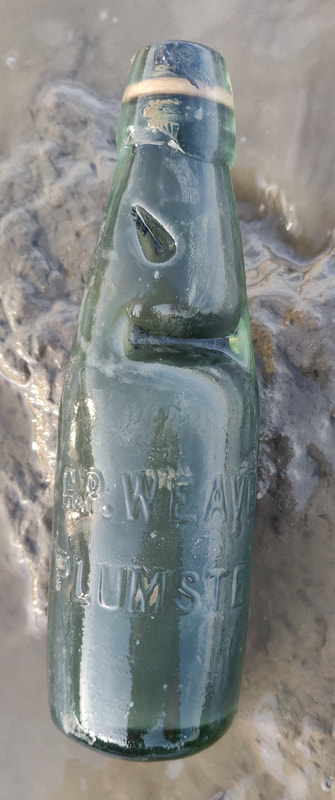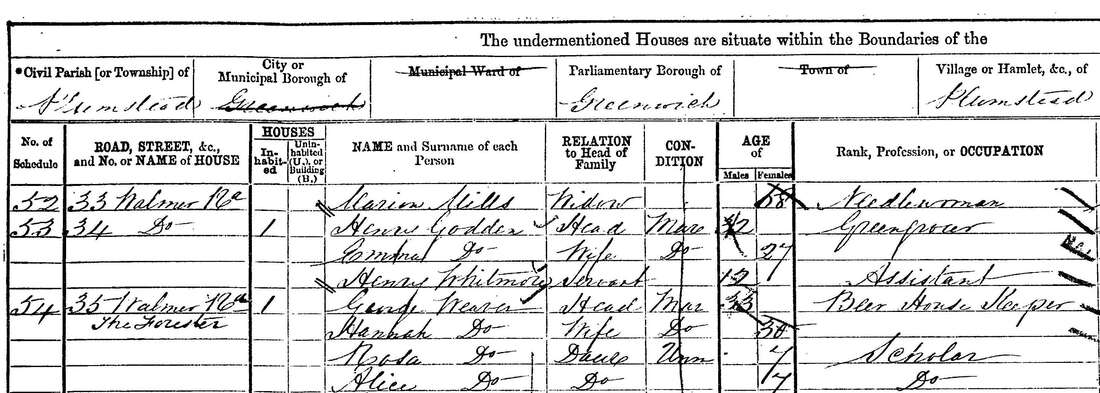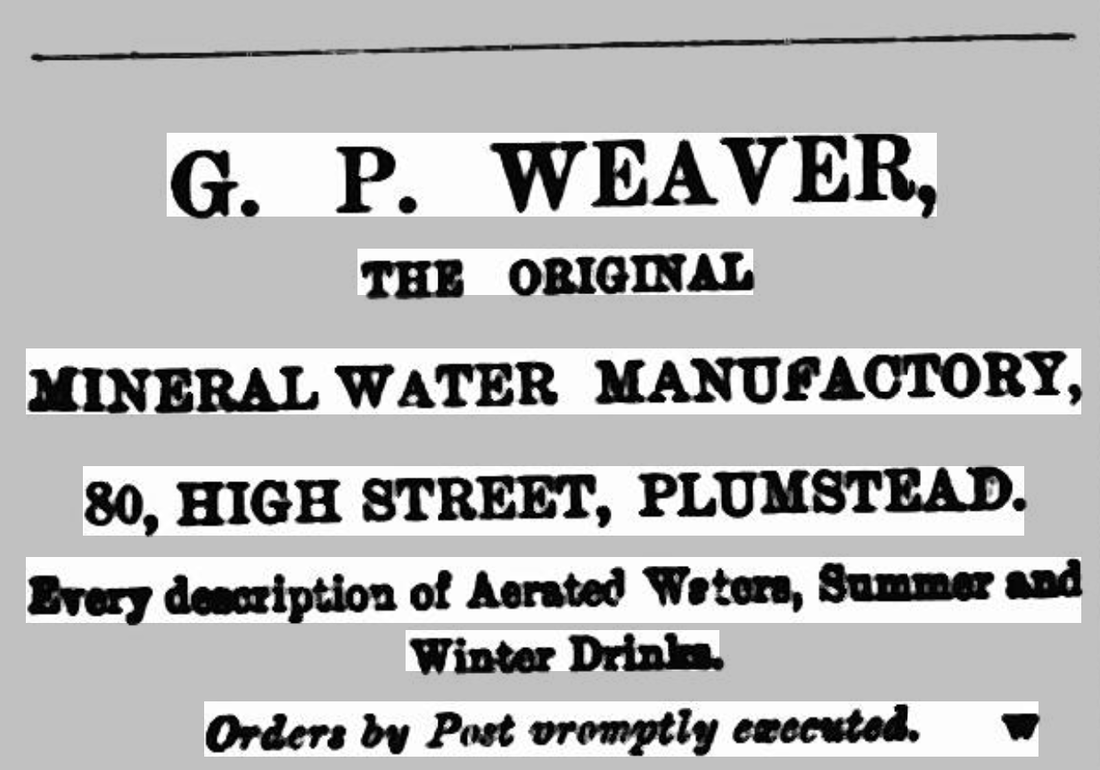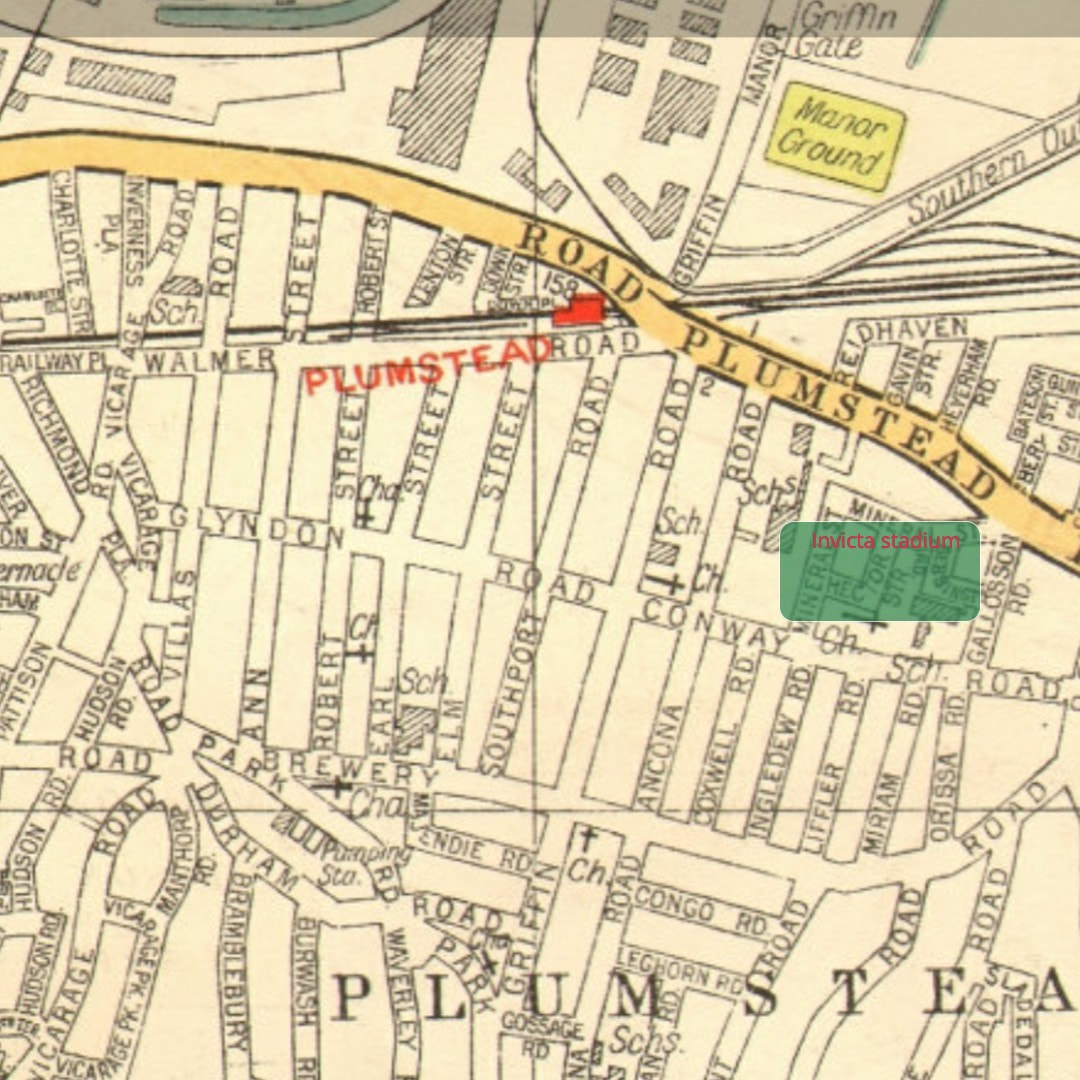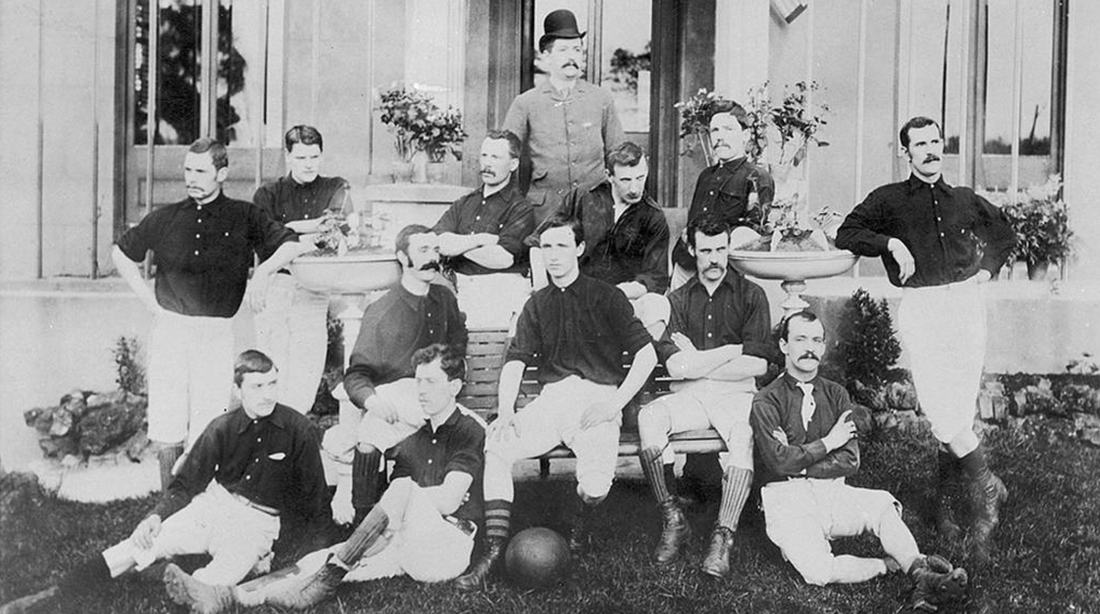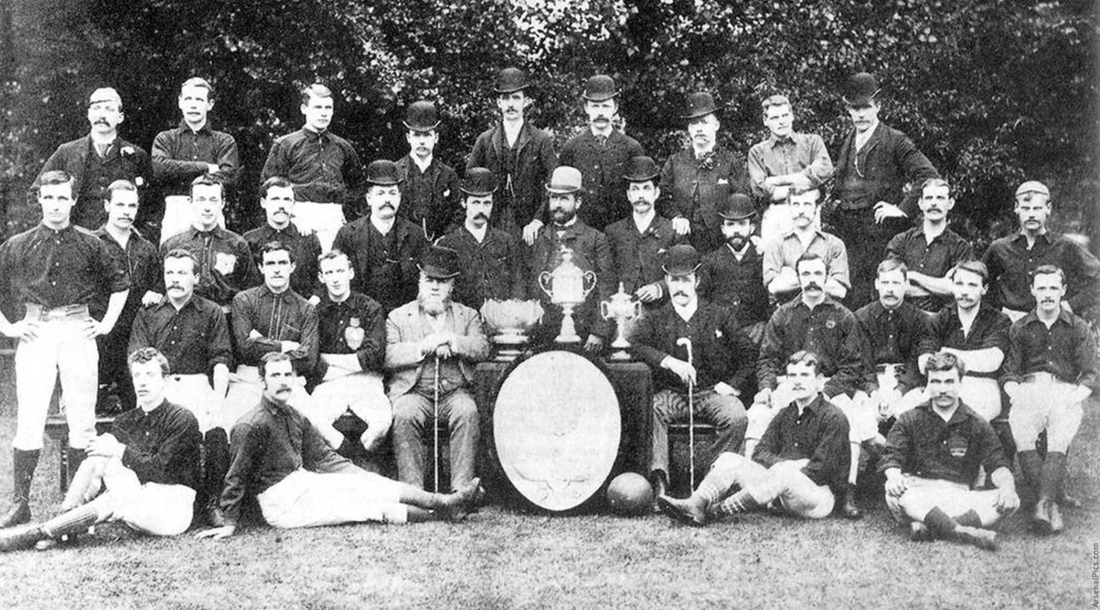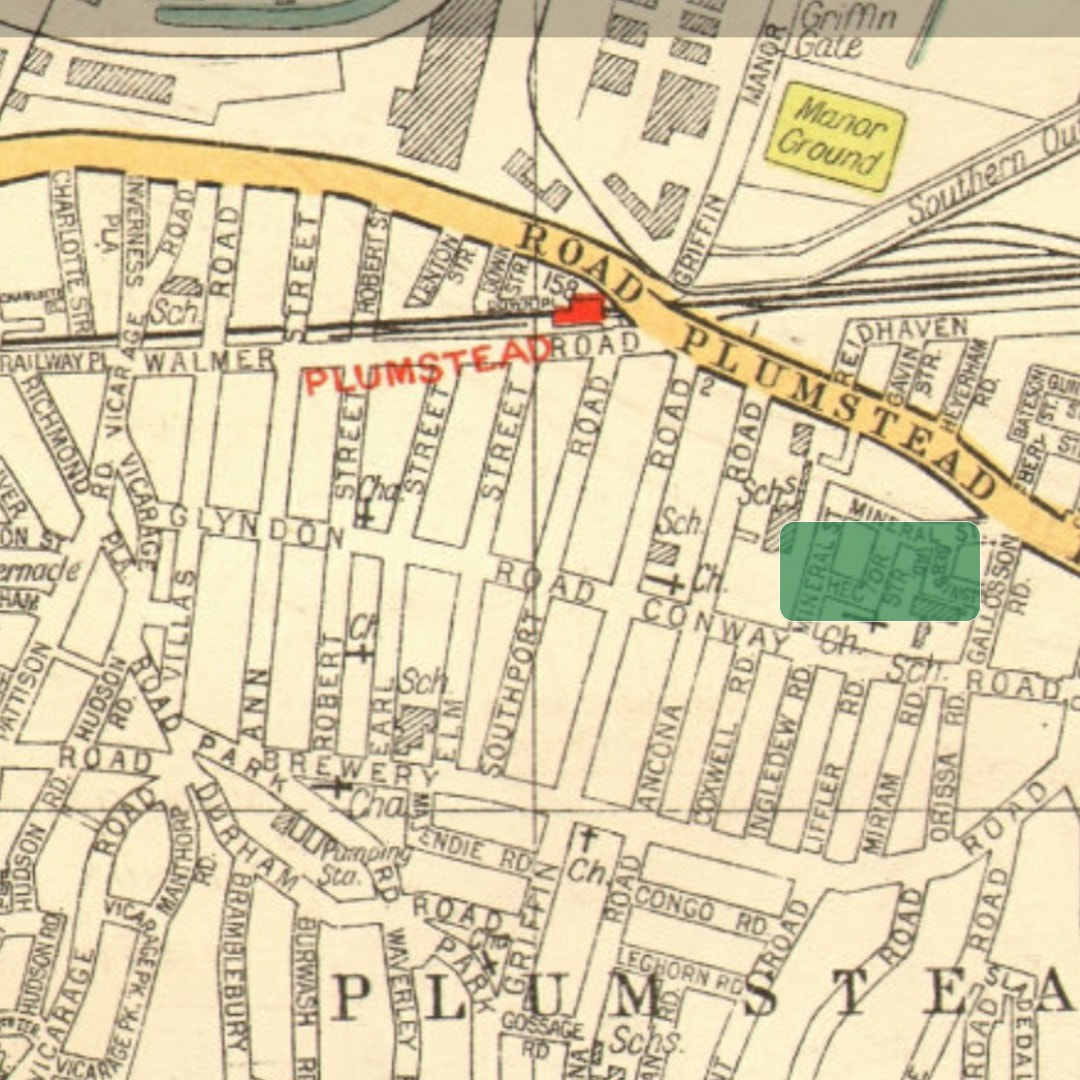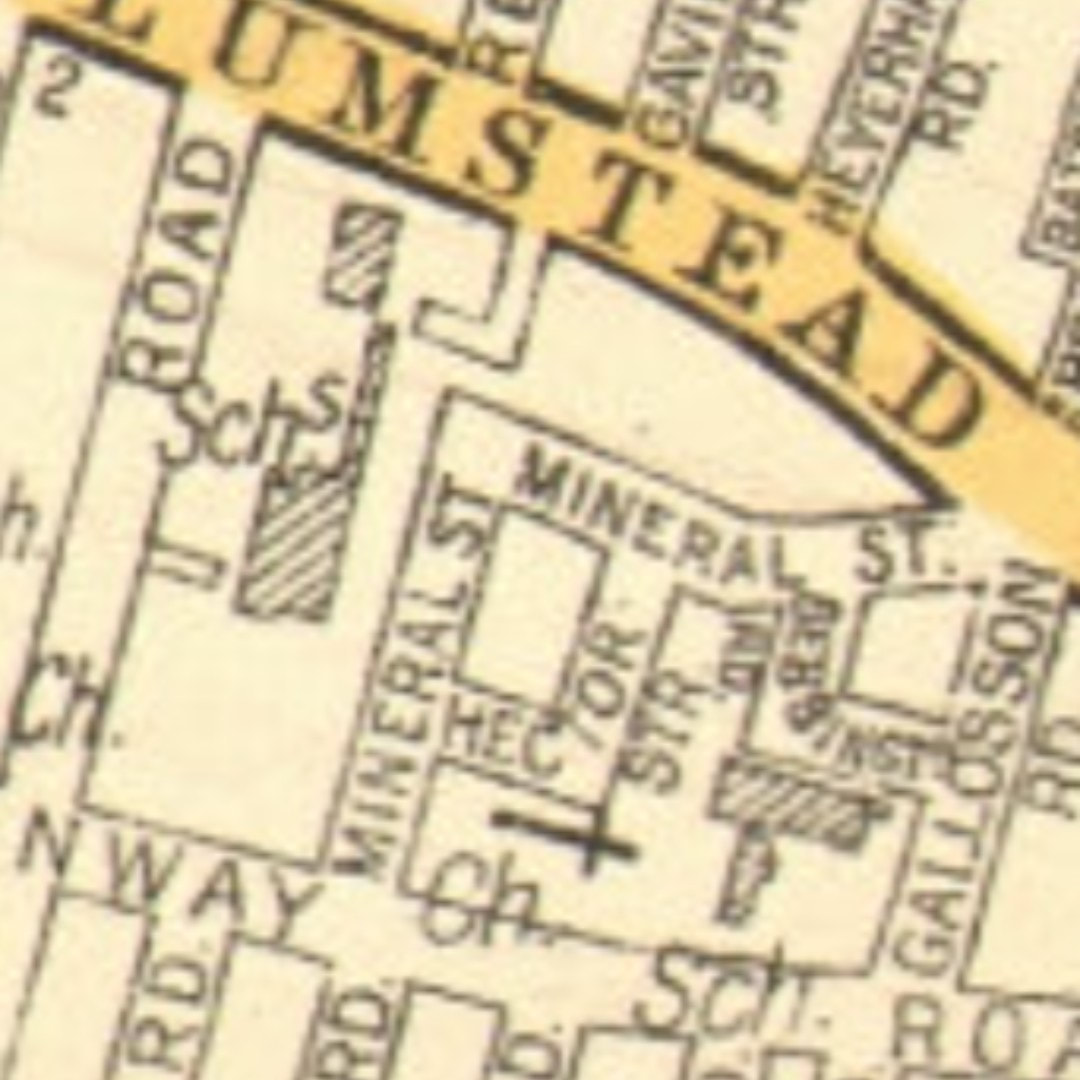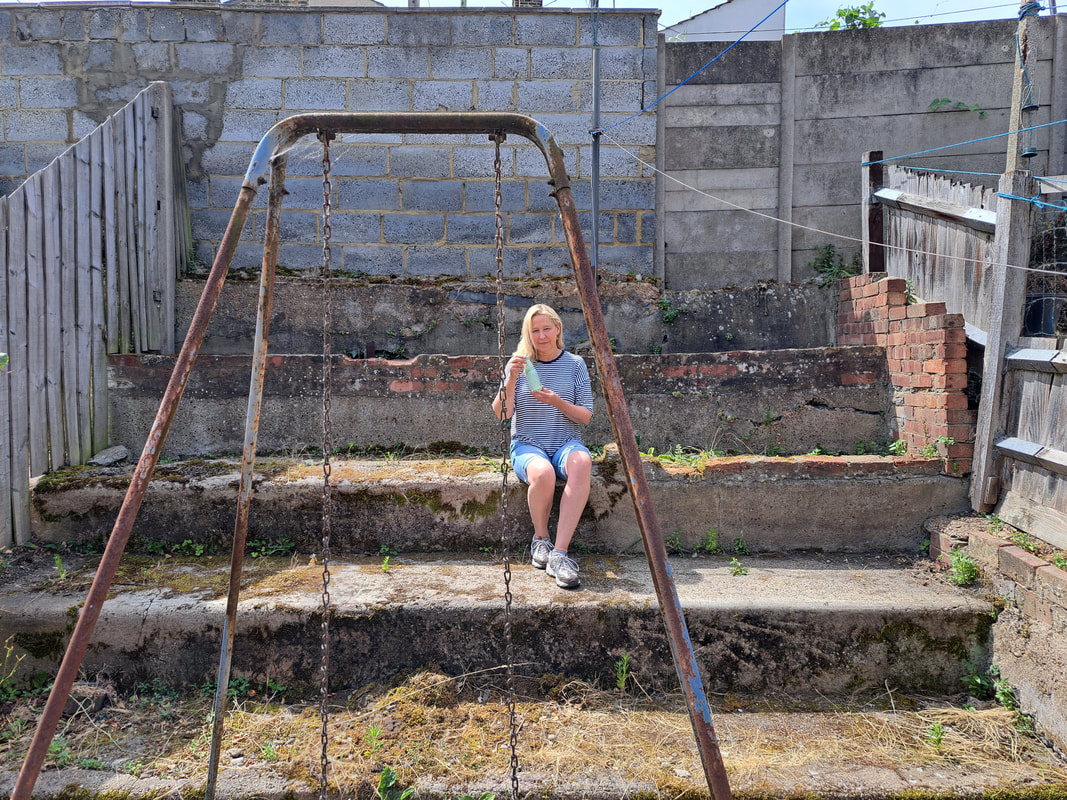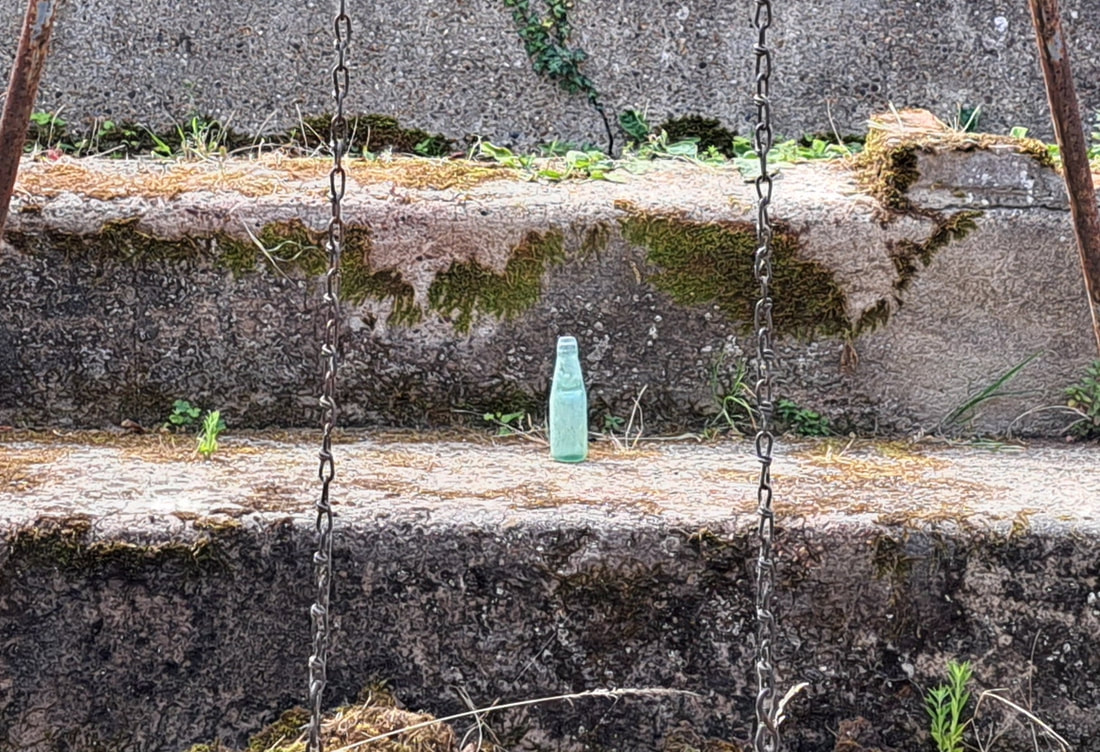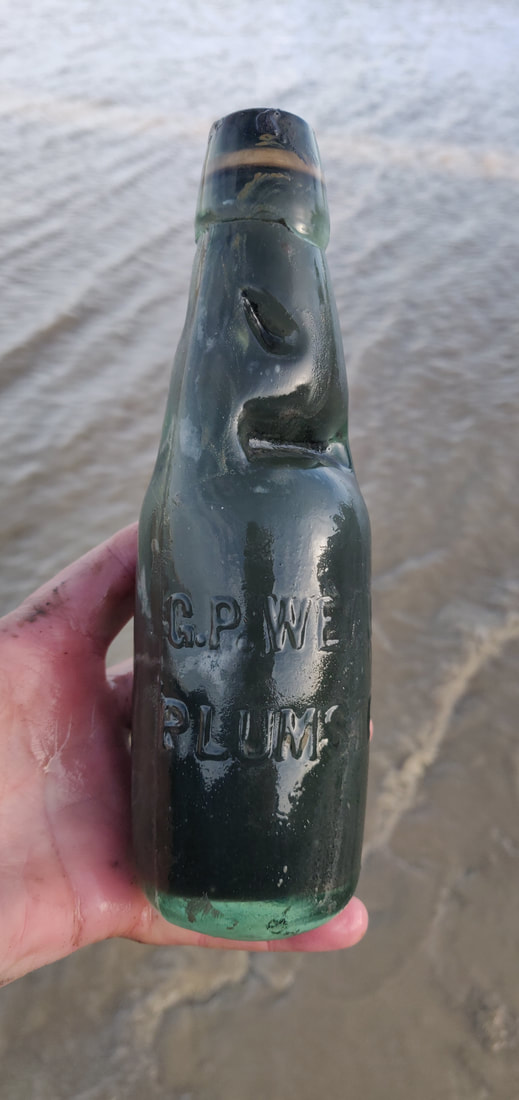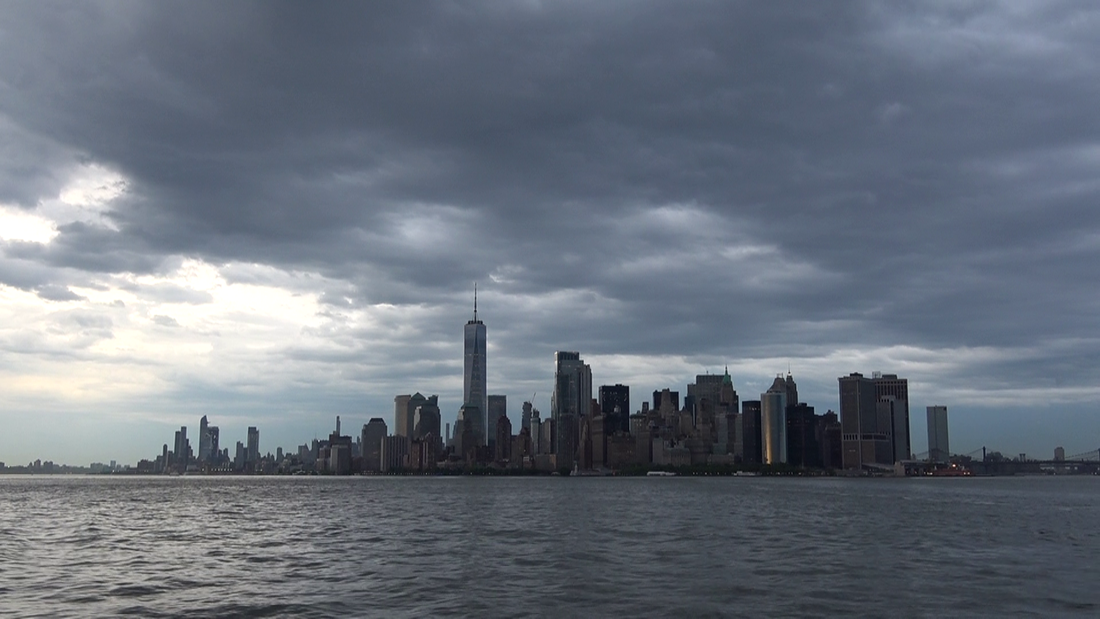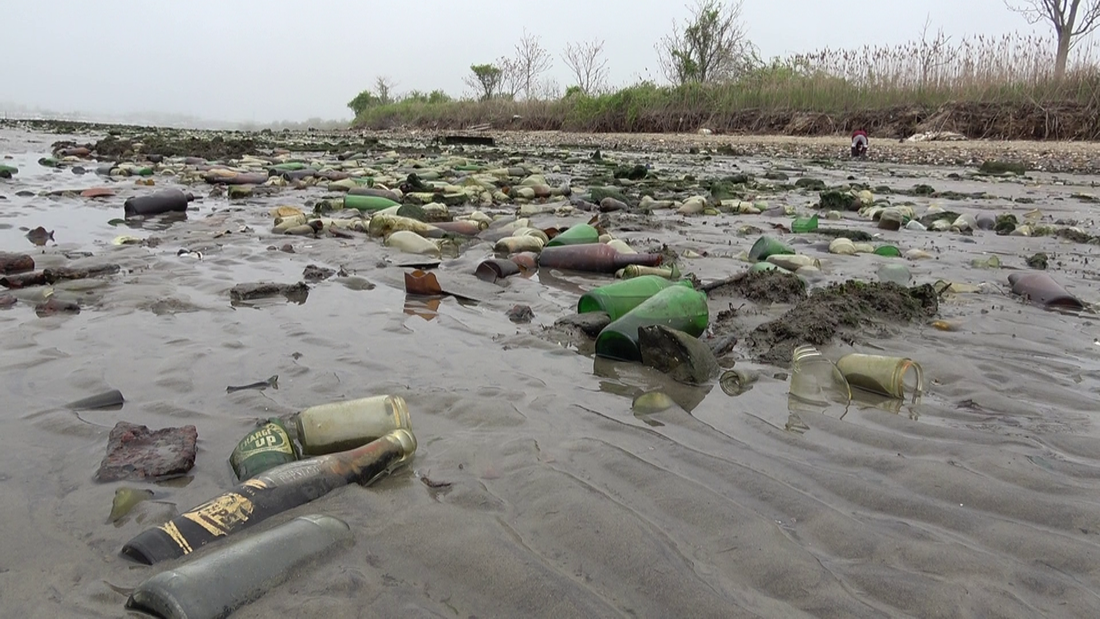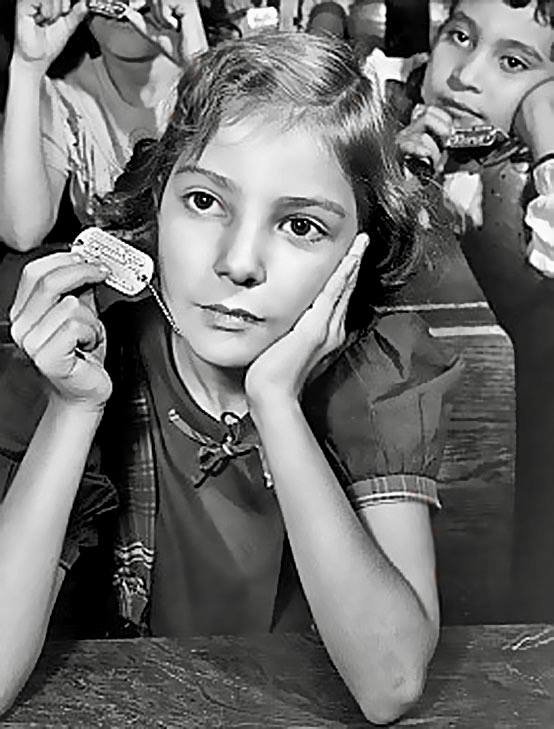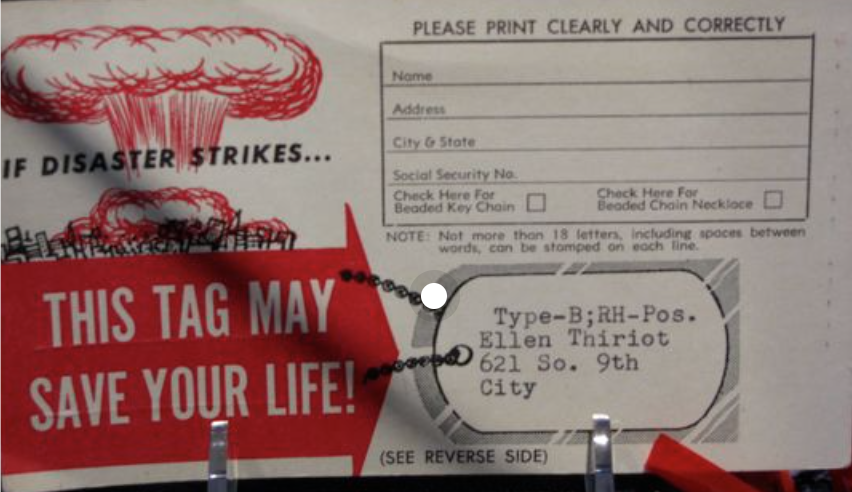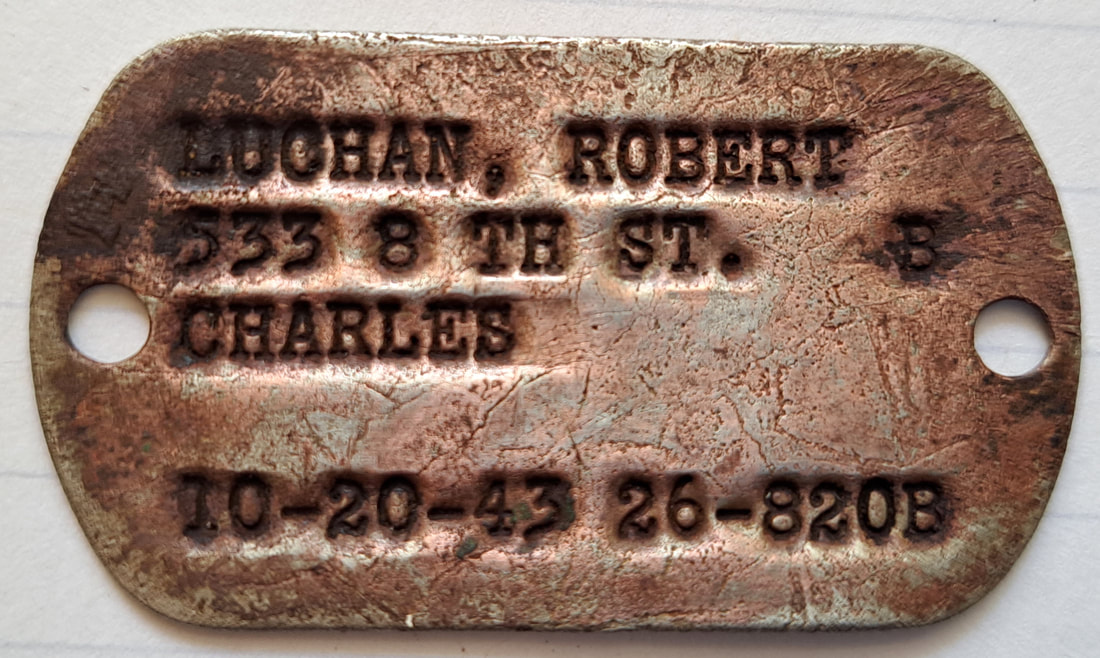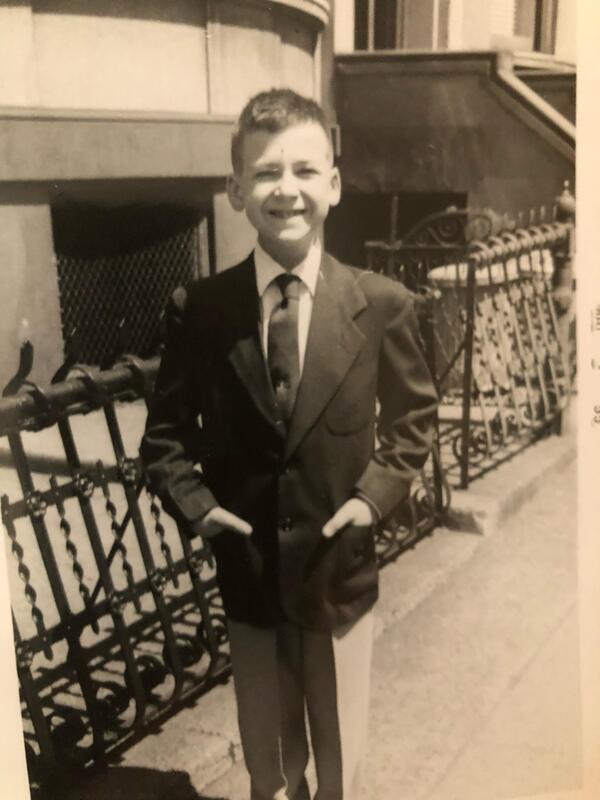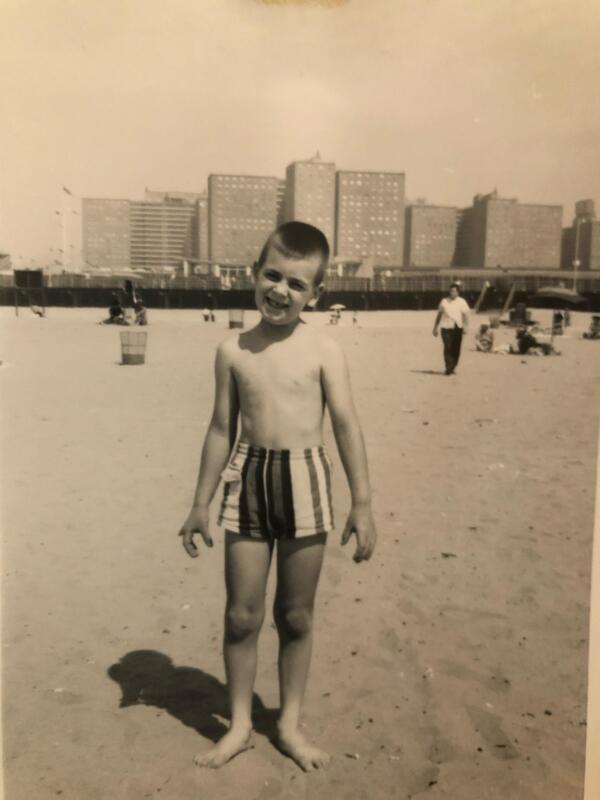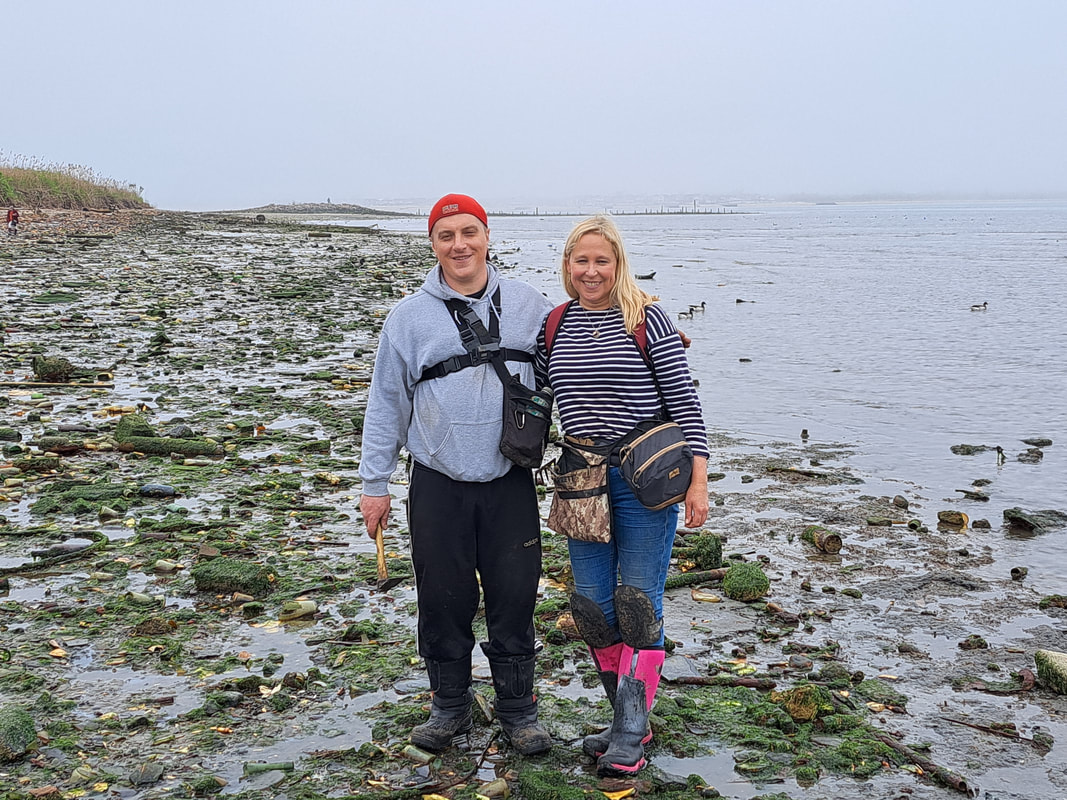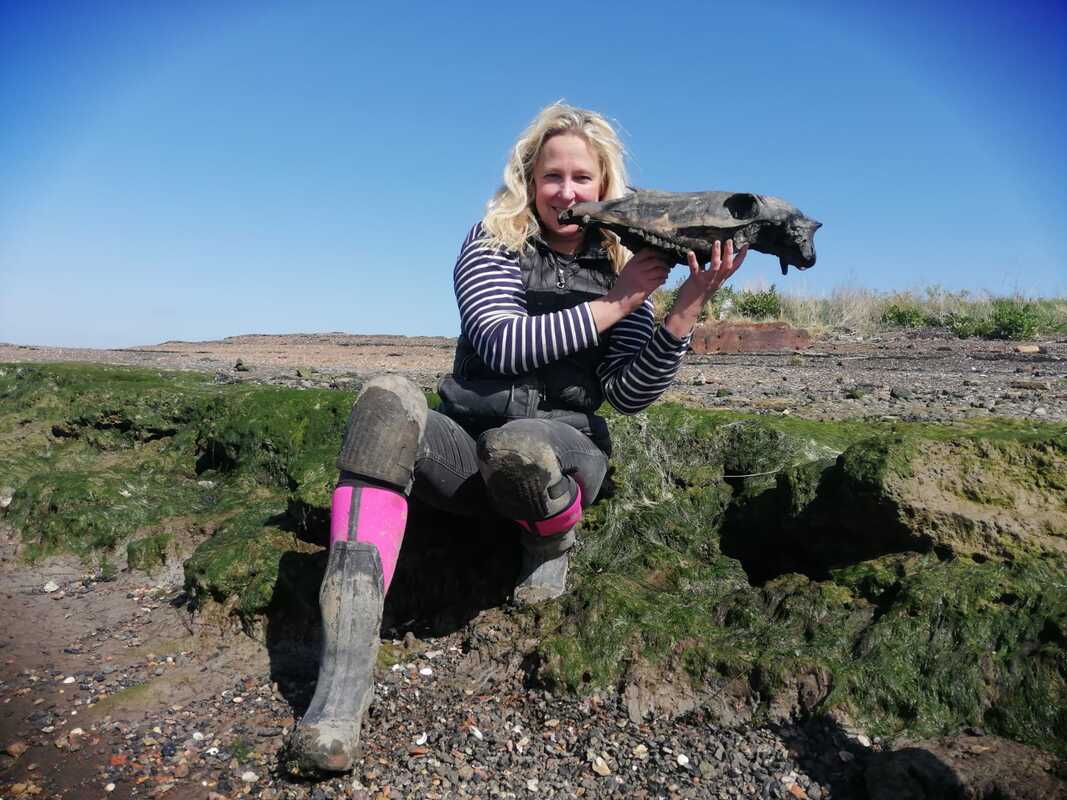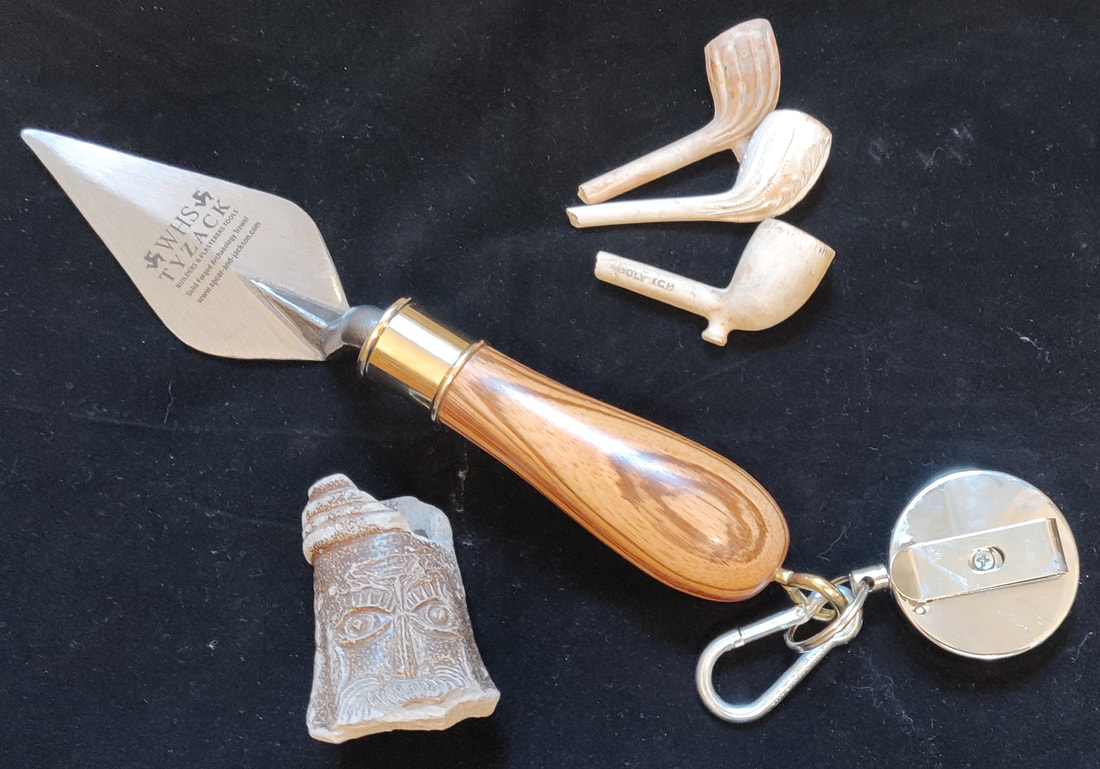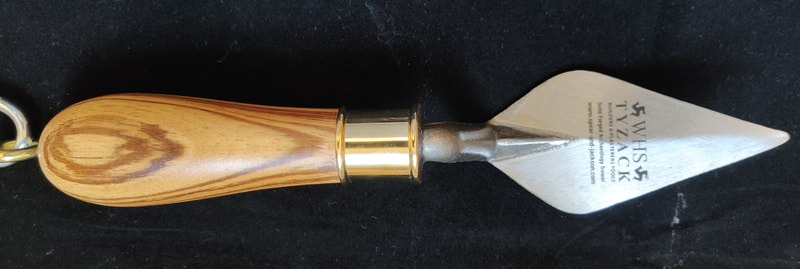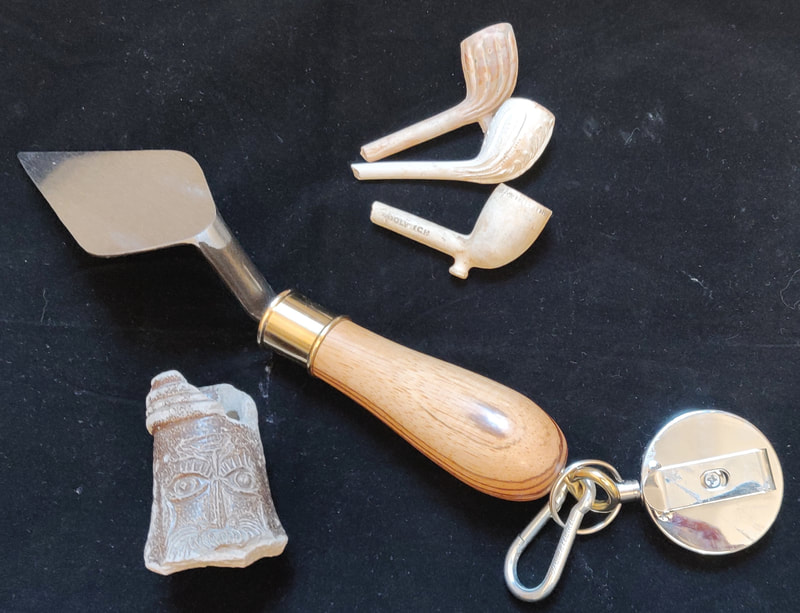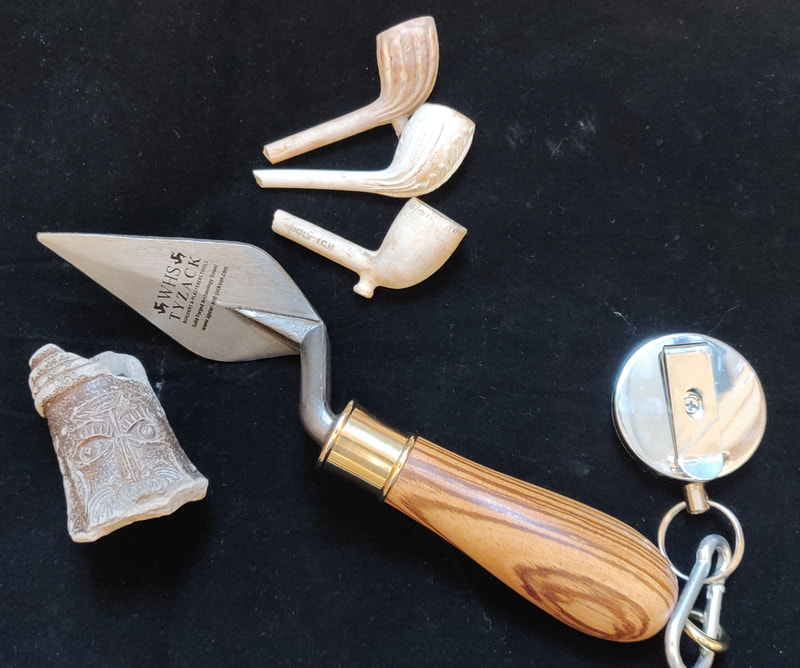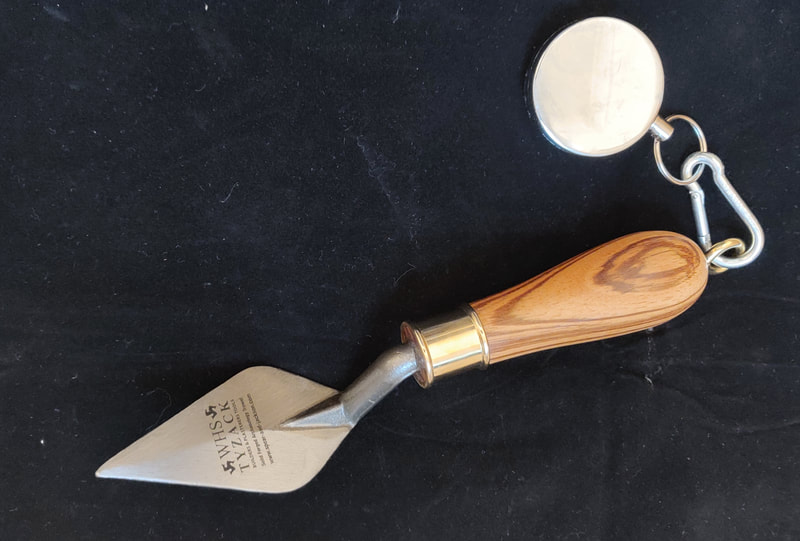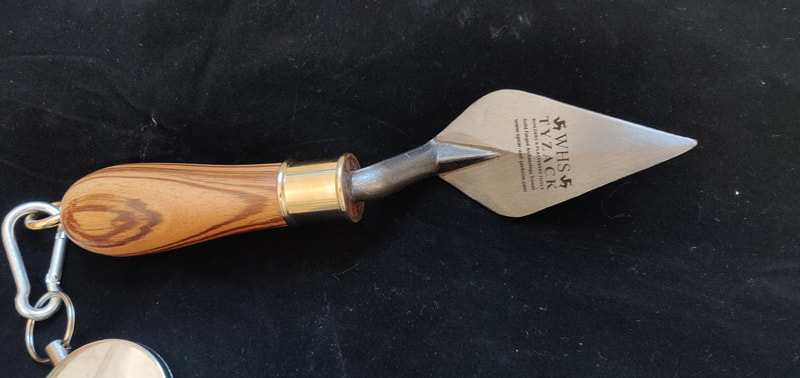AN OLD BOTTLE EMERGES FROM THE THAMES MUD ALONG WITH ITS STORY
When a mudlarking find emerges from the Thames mud, more often than not a forgotten story emerges with it. In my experience, researching the story is often as intriguing as finding the artefact in the first place. This mini codd bottle embossed with G. P. WEAVER - PLUMSTEAD was no exception. It took me somewhere I certainly never imagined visiting (and that is into a kind stranger's small back garden in Plumstead! Let me explain).
Let's start with G. P Weaver - who was born in 1838. He was a licensed victualler, a mineral water manufacturer and hotel/pub magnate. Here in 1871 he is registered as being a bar/hotel keeper - and was married with three children.
Let's start with G. P Weaver - who was born in 1838. He was a licensed victualler, a mineral water manufacturer and hotel/pub magnate. Here in 1871 he is registered as being a bar/hotel keeper - and was married with three children.
Greenwich and Plumstead 1871 census
But that wasn't all. George Pike Weaver had his finger in lots of pies! In 1890 he bought some land in Plumstead and with the help of lots of men and horses and carts, he built a large football stadium. An important football stadium. It was the Invicta stadium - Arsenal football club's first real stadium (see it marked in green below). George Weaver, the landlord, charged Arsenal 200 GBP per year for Invicta when they moved there from Manor Ground in 1890.
When Arsenal moved into Invicta stadium they were not yet a professional team -but not too long after they moved there - in about 1891, they became professional. It wasn't long after this that landlord George Weaver put the rent up significantly. Arsenal at that time couldn't afford it. Not only that but George also tried to take the club over. By the end of 1893, Arsenal moved back to Manor Ground in Woolwich. George was left with an empty stadium which he managed to rent out for a year, but finally the stadium was demolished. George died in 1896 at the age of 53 before housing was built on the land in 1897. I learned all this information from the excellent website and blog www.arsenalhistory.com and what I also learned from them is that there still remains a few of the original concrete terracings from the Invicta Stadium in Plumstead where it once stood. So, I set off with George's codd bottle and my son Angelo as camera man to try to locate these concrete terracings from over 130 years ago!
The only reminder of arsenal's invicta stadium built in 1890 is some original concrete terracing - over 130 years old!
Fortune was with us when we arrived at the area in Plumstead where Invicta once stood. After peeking over a few garden fences I had a hunch that we may have found what we were looking for. A family happened to be arriving back home to one of the houses I thought might harbour some of this Arsenal history, but they were non plussed when I asked them about it - and politely said that they didn't know what I was talking about. BUT, the second person I asked, a gentleman by the name of Dinesh, who was very fortunately for us standing in front of his house enjoying the sunshine - said that yes indeed there were some original concrete terracings in his garden and would we like to see them. A huge thank you to Dinesh for opening his door like a portal to the past and and for allowing us to film in his garden and imagine ourselves watching an Arsenal game back in 1890!
SEe the moment we find the 130 years old invicta stadium terracing here
original concrete terracing from arsenal's invicta stadium
from over 130 years ago (in dinesh's garden!)
george pike weaver and invicta stadium reunited!
The story of george pike weaver and arsenal football club emerges from the mud of the thames
It is very special to find an object with a name on it such as this one. George Pike Weaver is long gone and long forgotten. But this codd bottle which has laid beneath the mud for over a century now shines a light on his story and that of the Arsenal football club (to whom the Invicta Stadium is nothing more than a faded memory of the past). Quite possibly many Arsenal players now know nothing about it at all although it is mentioned in the official Arsenal website.
Yes, it was exciting to take George Weaver back to the what remains of the Invicta stadium. These little journeys through time are what keeps me going back to the Thames foreshore.
Thank you to my son Angelo (actually a Charlton fan) for coming along with me and filming me in Dinesh's garden! Massive Thanks to Dinesh and family. And a huge thank you to the following sites and resources (Thank you Arsenal for the photos I have used. I wanted and tried to get your permission and held the line on the phone for almost 45 minutes but then was cut off !):-
www.thearsenalhistory.com
www.arsenal.com
wikipedia history of Arsenal
blog.woolwicharsenal.co.uk
Yes, it was exciting to take George Weaver back to the what remains of the Invicta stadium. These little journeys through time are what keeps me going back to the Thames foreshore.
Thank you to my son Angelo (actually a Charlton fan) for coming along with me and filming me in Dinesh's garden! Massive Thanks to Dinesh and family. And a huge thank you to the following sites and resources (Thank you Arsenal for the photos I have used. I wanted and tried to get your permission and held the line on the phone for almost 45 minutes but then was cut off !):-
www.thearsenalhistory.com
www.arsenal.com
wikipedia history of Arsenal
blog.woolwicharsenal.co.uk

